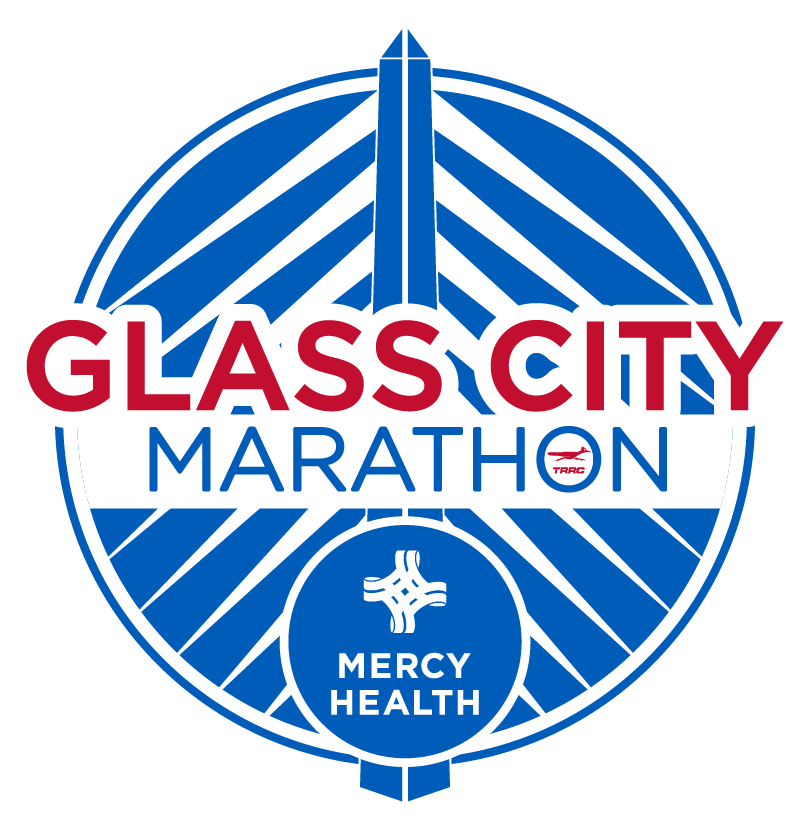Cross the Finish Line Injury Free

Looking to add 26.2 miles under your belt? Here are four tips to help you cross the finish line, injury free.
Visit Your Primary Care Provider
- Check in with your doctor to make sure your body is ready to endure 26.2 miles. “Risk factors, despite all of your training, should be evaluated before you run your first race,” says Mercy Health physician. If you’re experiencing any of the symptoms below, see your primary care physician before running your race:
- Chest pain or shortness of breath
- History of heart problems, including elevated blood pressure
- Symptoms associated with COVID-19
- Unexplained fainting spells
Pace Yourself
Figure out how far and how fast you should be running.
- Many runners increase their weekly mileage too quickly. Mitigate your risk of injury by slowly increasing your distance. The most common injury that we see in runners from increasing mileage too quickly is patellofemoral pain syndrome.
Stay Hydrated
- Dehydration in runners can lead to muscle cramping, headaches, nausea, and can slow you down!
- “A general rule of thumb is to take in 4-6 ounces of fluid, every 20 minutes. Make sure you’re aware of early signs of dehydration: thirst, dry mouth, feeling fatigued or sluggish. As dehydration progresses, that’s where you’ll notice that you stop sweating, experience headaches, muscle cramps, nausea, and fatigue,” says Mercy Health physician.
- Drink chilled water to help cool your body down.
Get Treated for Injury
Some runners will endure some type of injury during training or on race day. Some common injuries are:
- Plantar Fasciitis – an inflammation of a thick band of tissues that connect the heel bone to the toes. The inflamed tissue runs across the bottom of the foot and symptoms include pain near the heel.
- Patellofemoral Pain Syndrome – includes a dull pain around the kneecap. This is where there are tracking issues with the kneecap in its groove.
- IT Band Syndrome (ITBS) – this is a stubborn pain on the side of the knee from misuse and is usually a result of another issue elsewhere. This occurs when the IT band becomes tight, irritated, or inflamed. The tightness causes friction on the outside of the knee when bending, which can be painful
If you’re suffering from discomfort while running, and the pain gets worse the longer you run and the pain lingers when you stop running, take some time off your feet to recover. If your discomfort is not resolving, see a Mercy Health sports medicine provider to help identify the issue.
Recover
Congratulations! You did what a lot of people couldn’t do. Be sure you listen to your body and get rest and recover. A cool-down series of runs after your race is important to help with muscle recovery.

